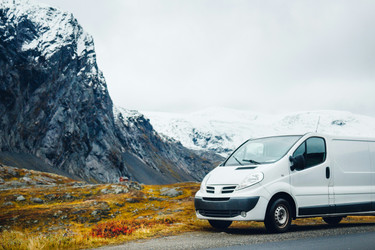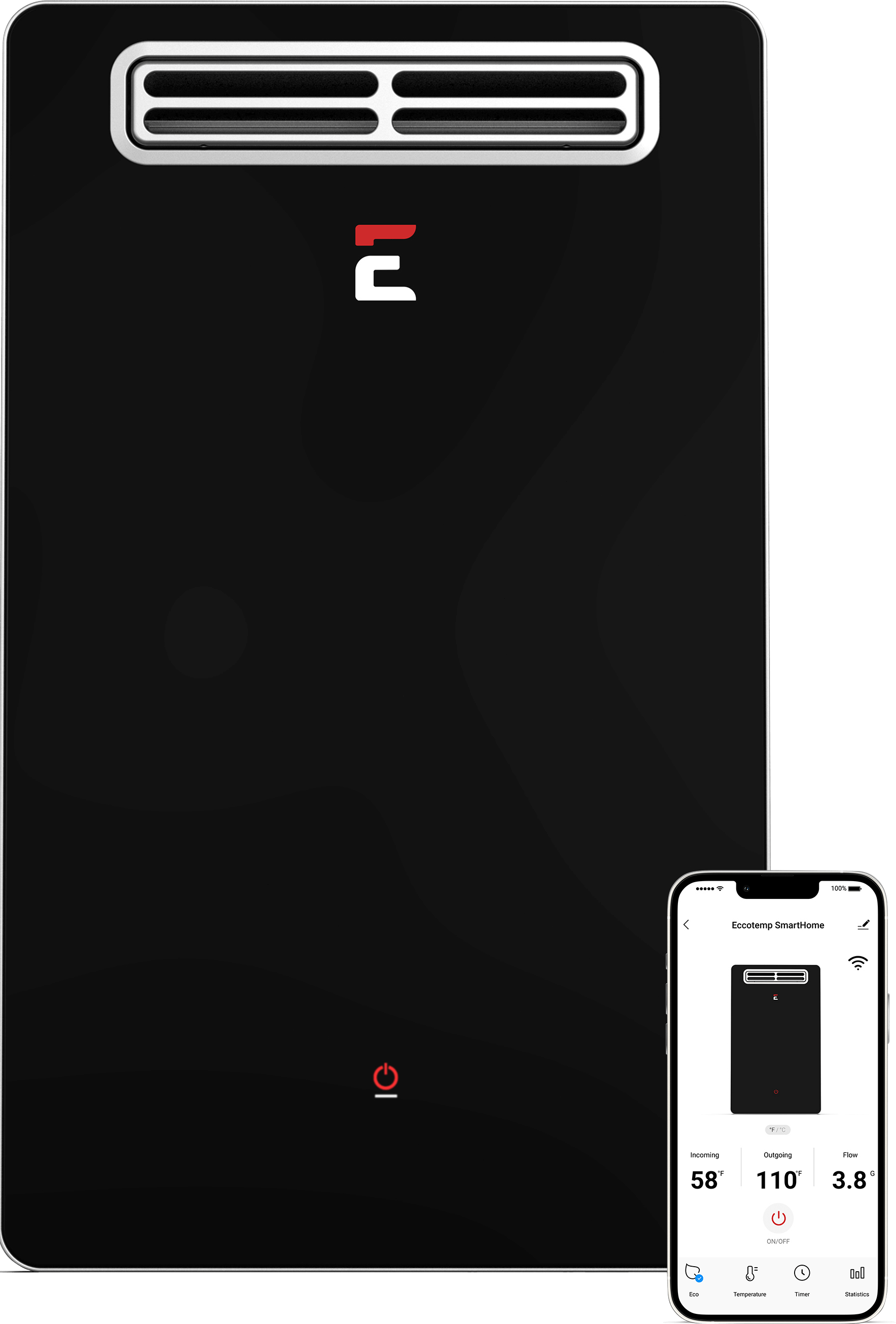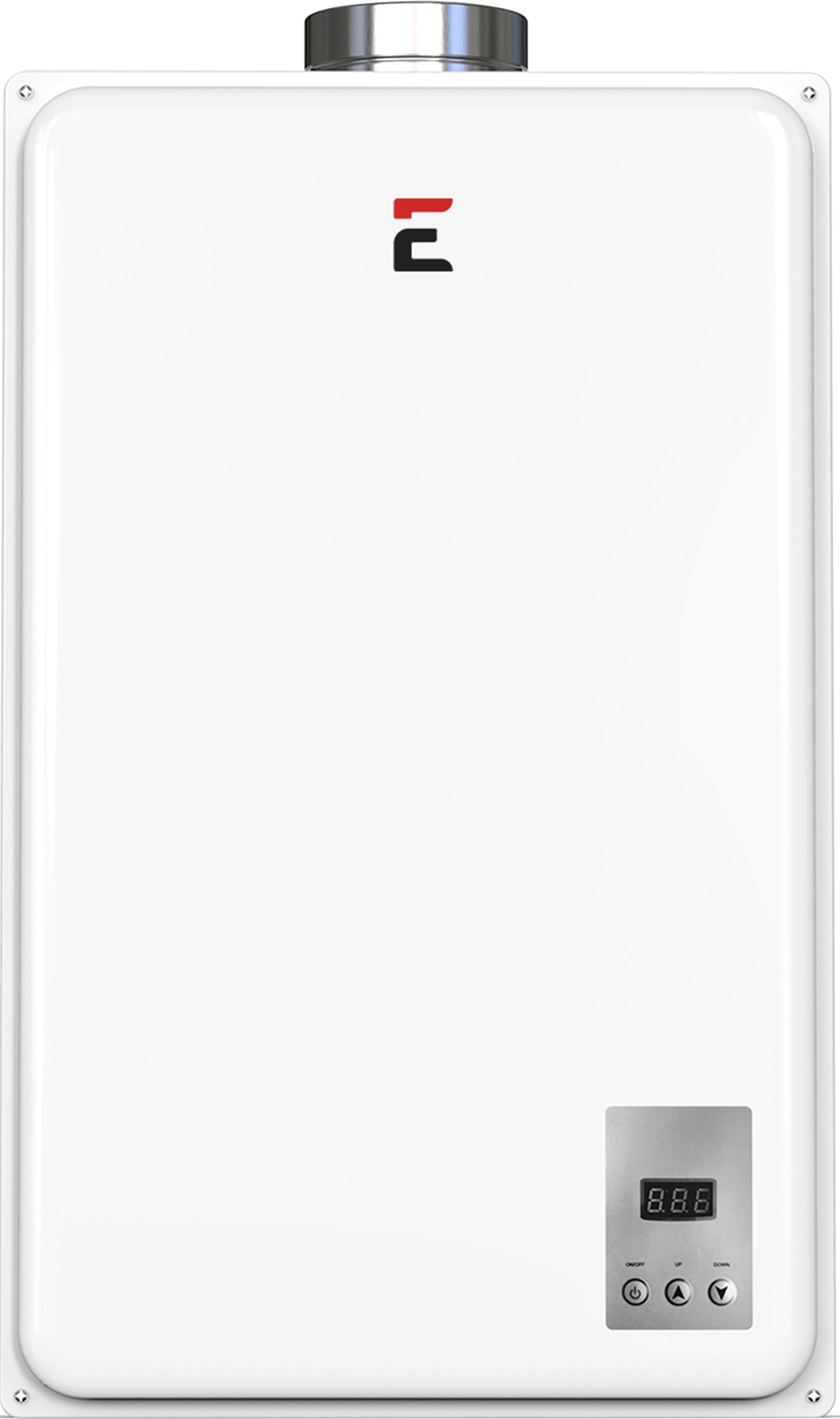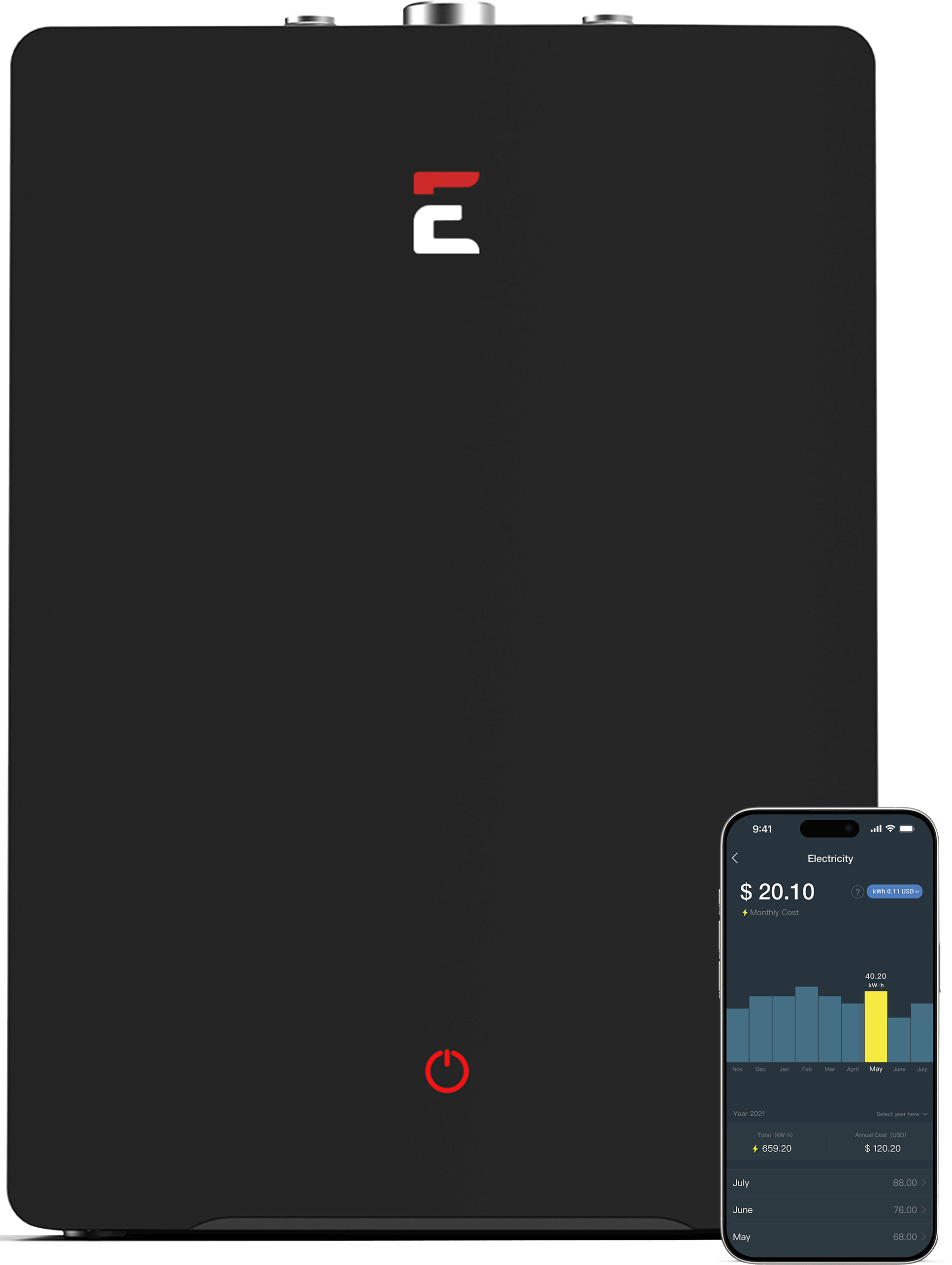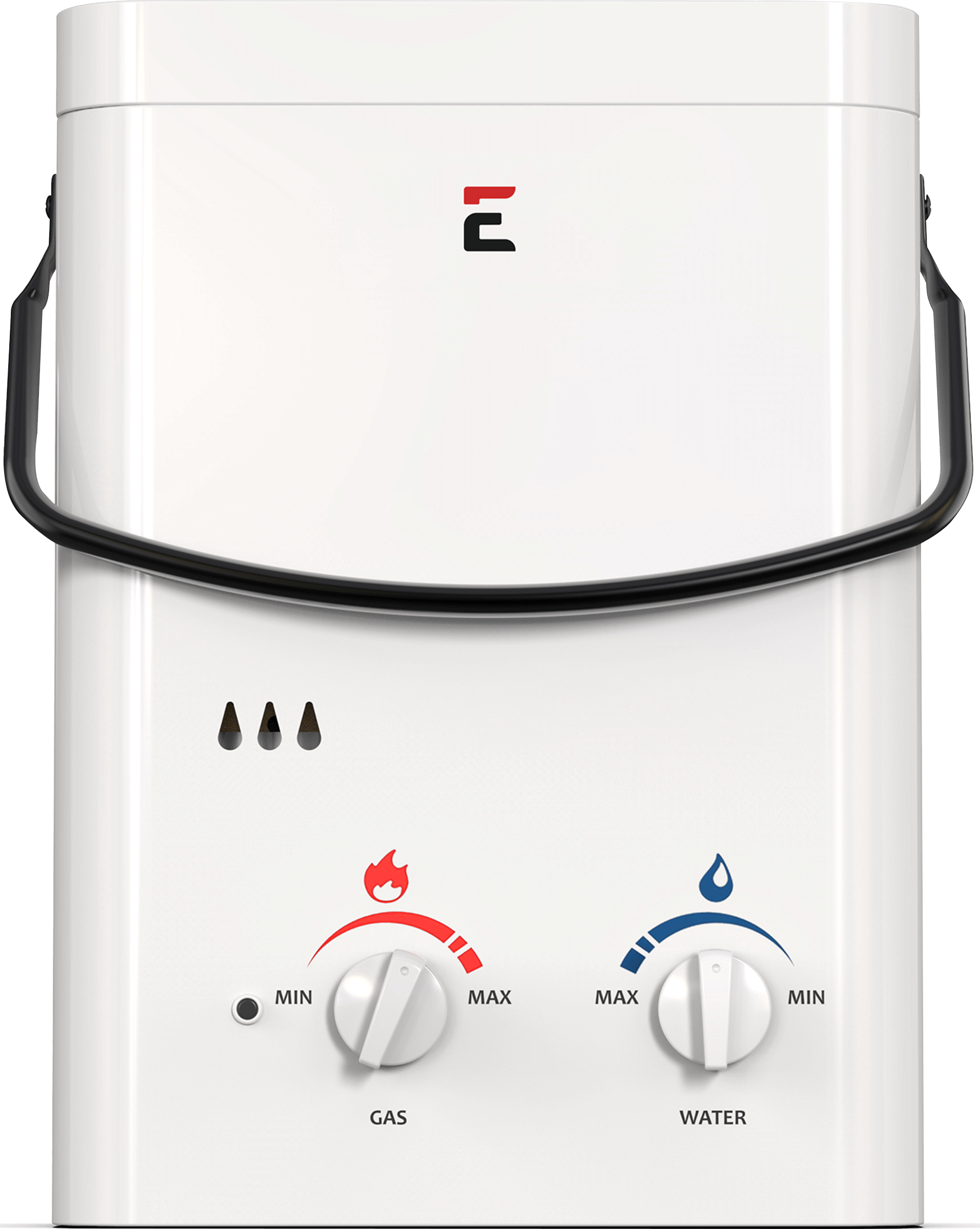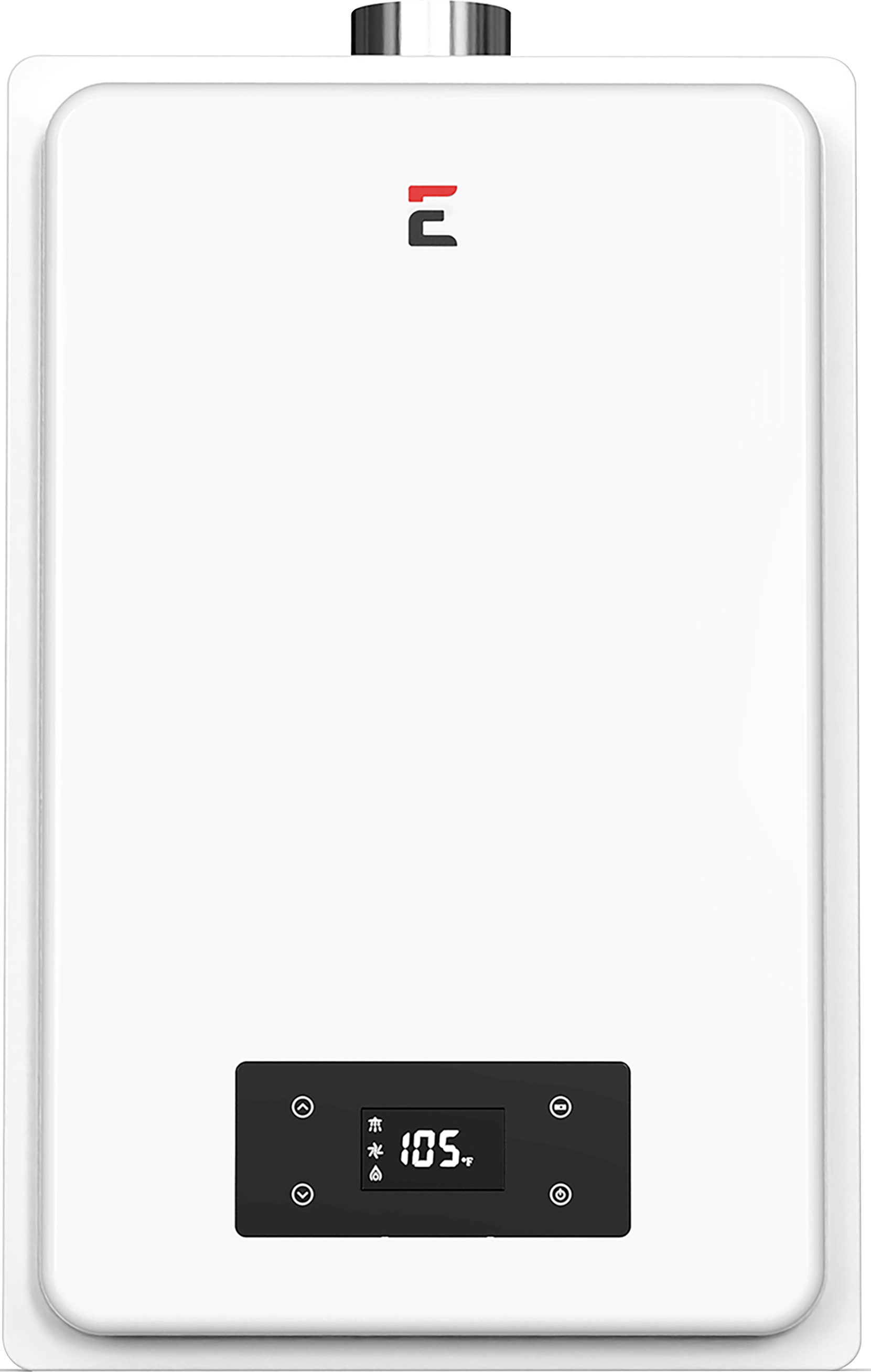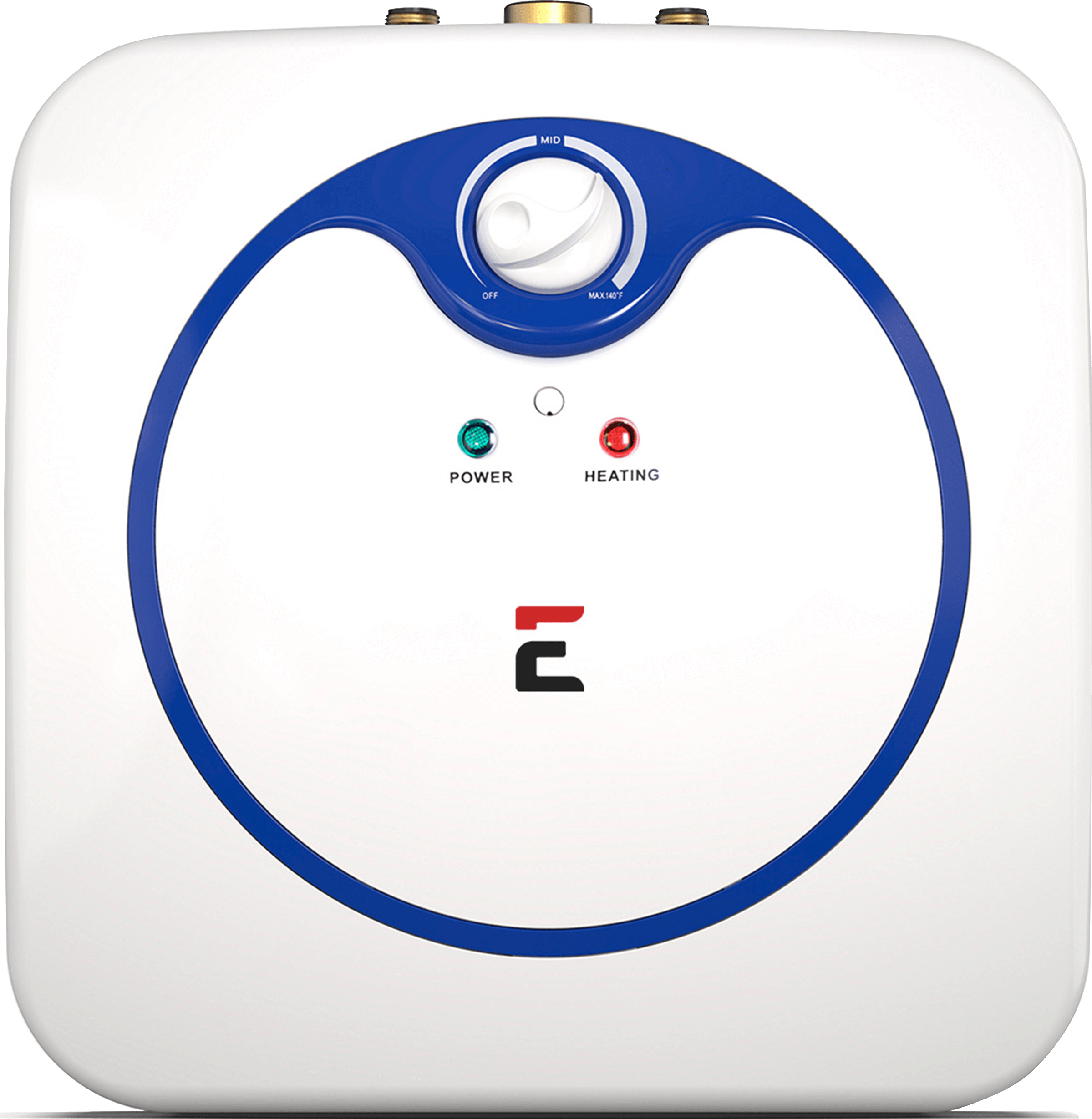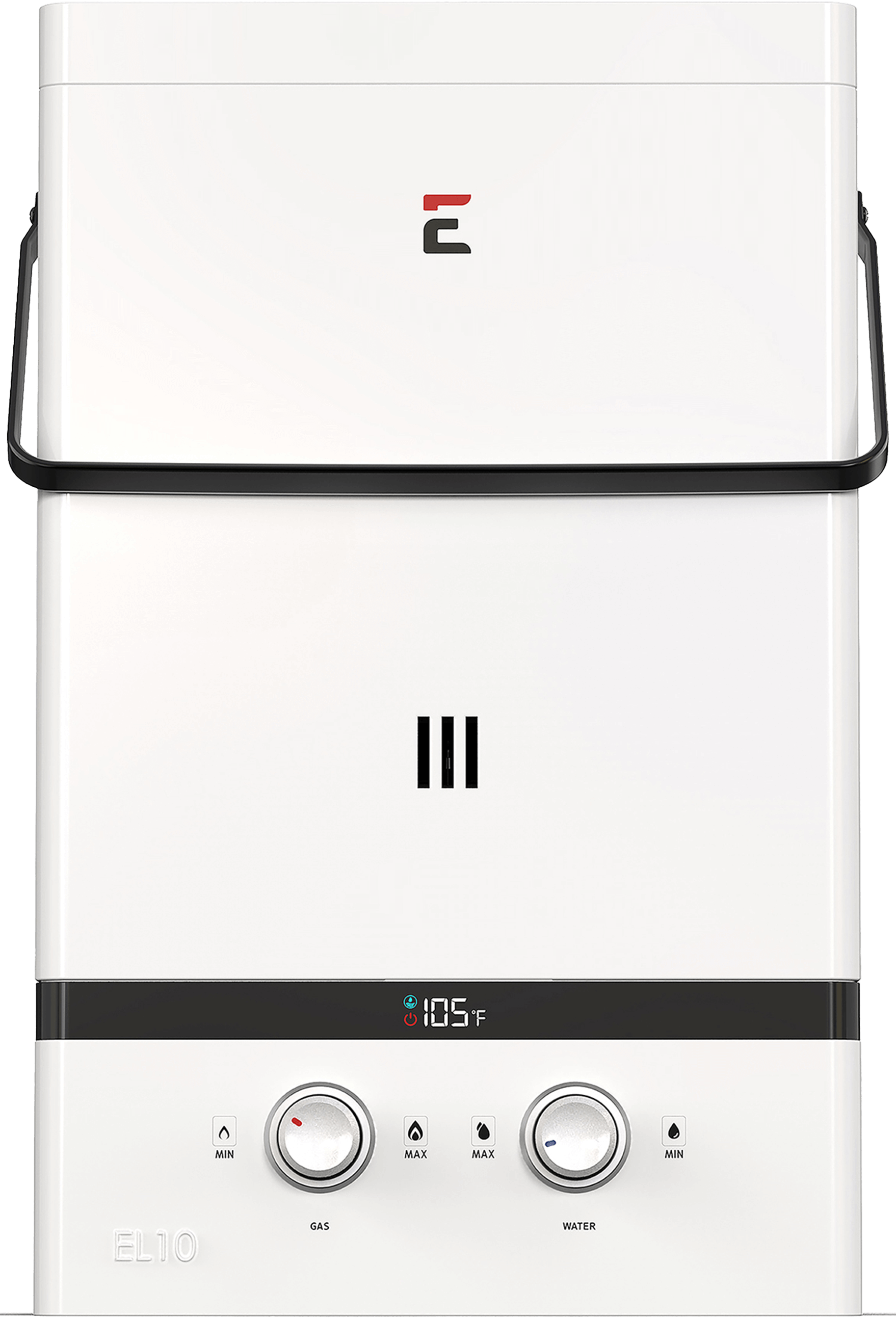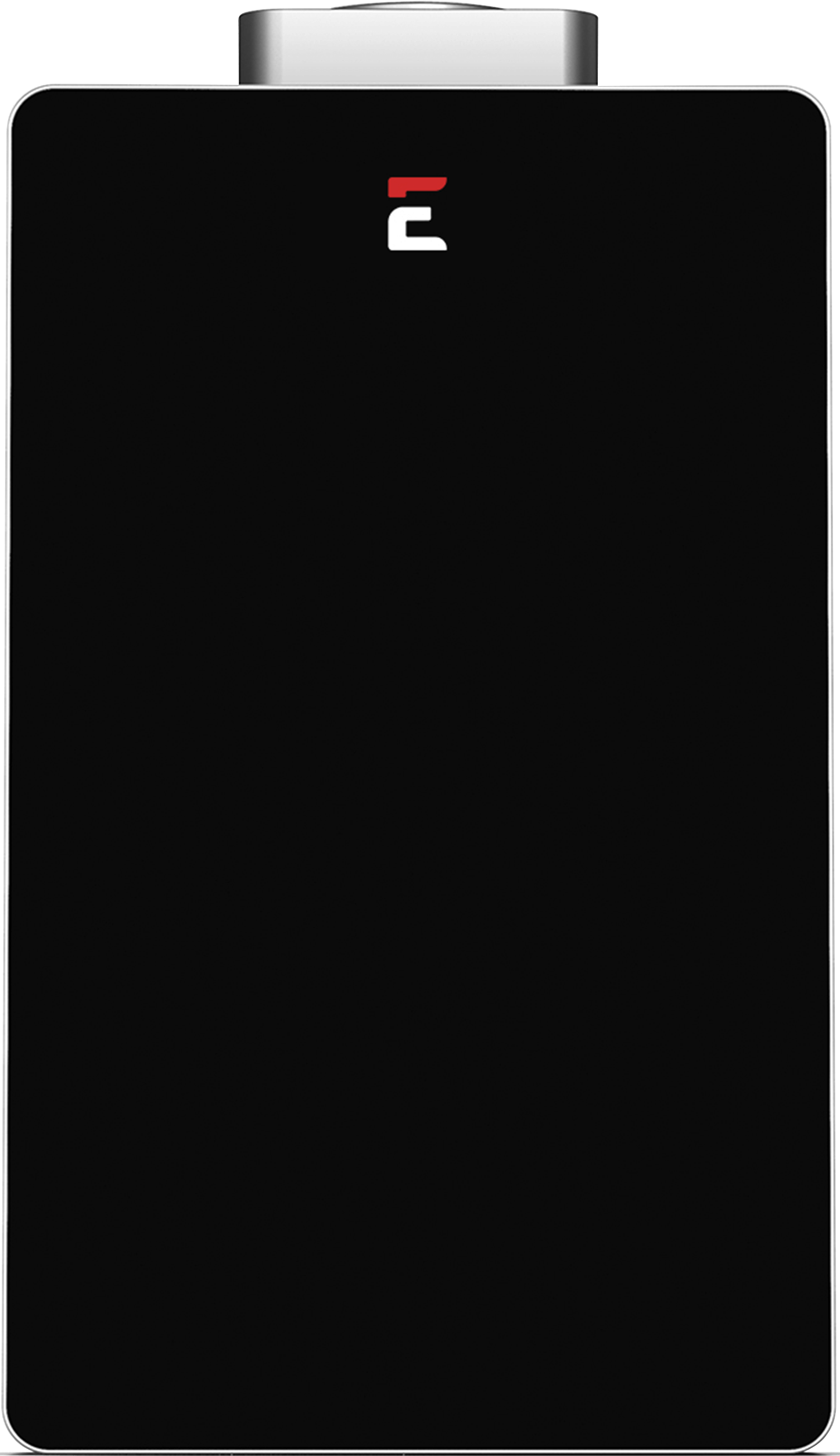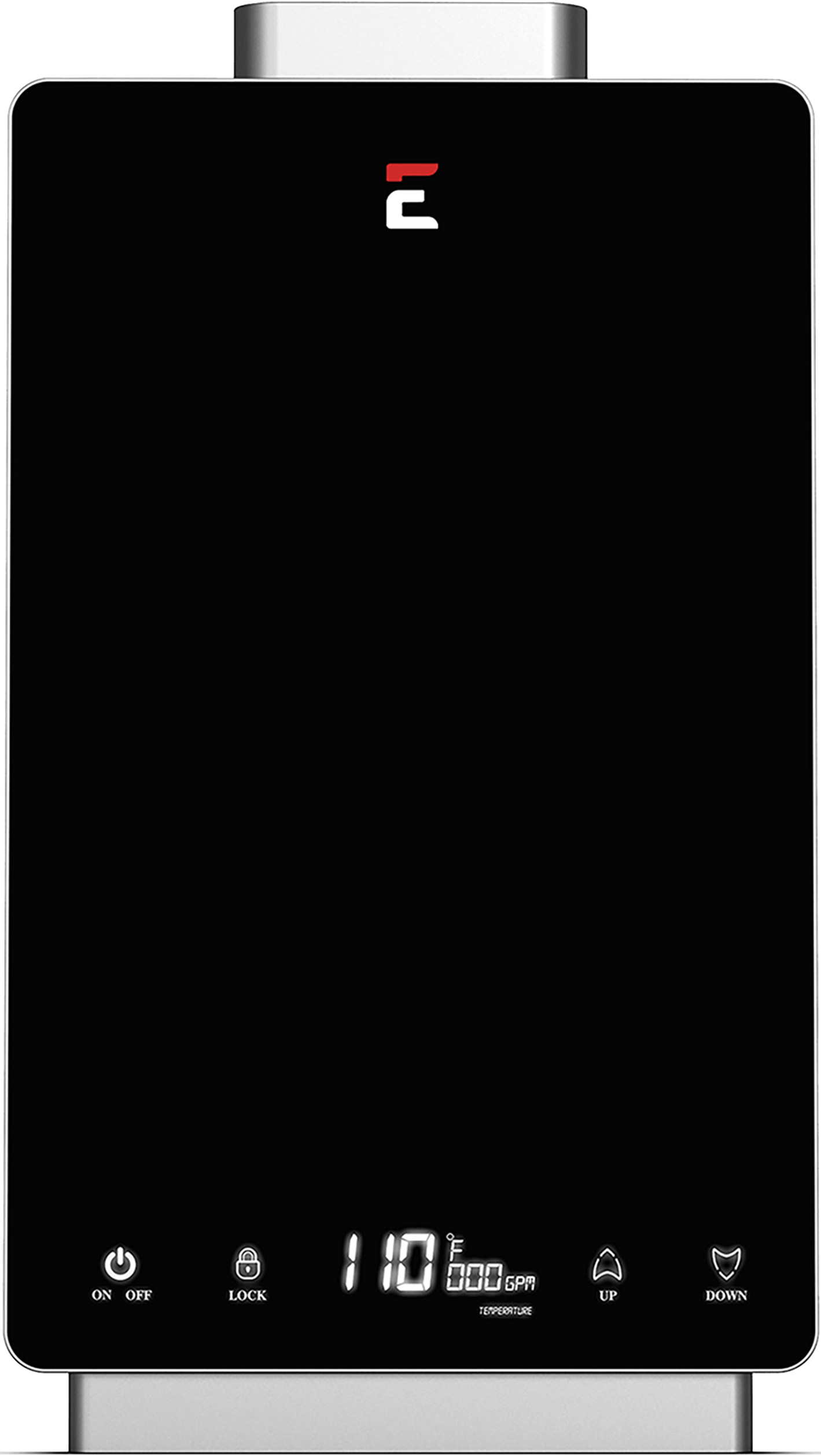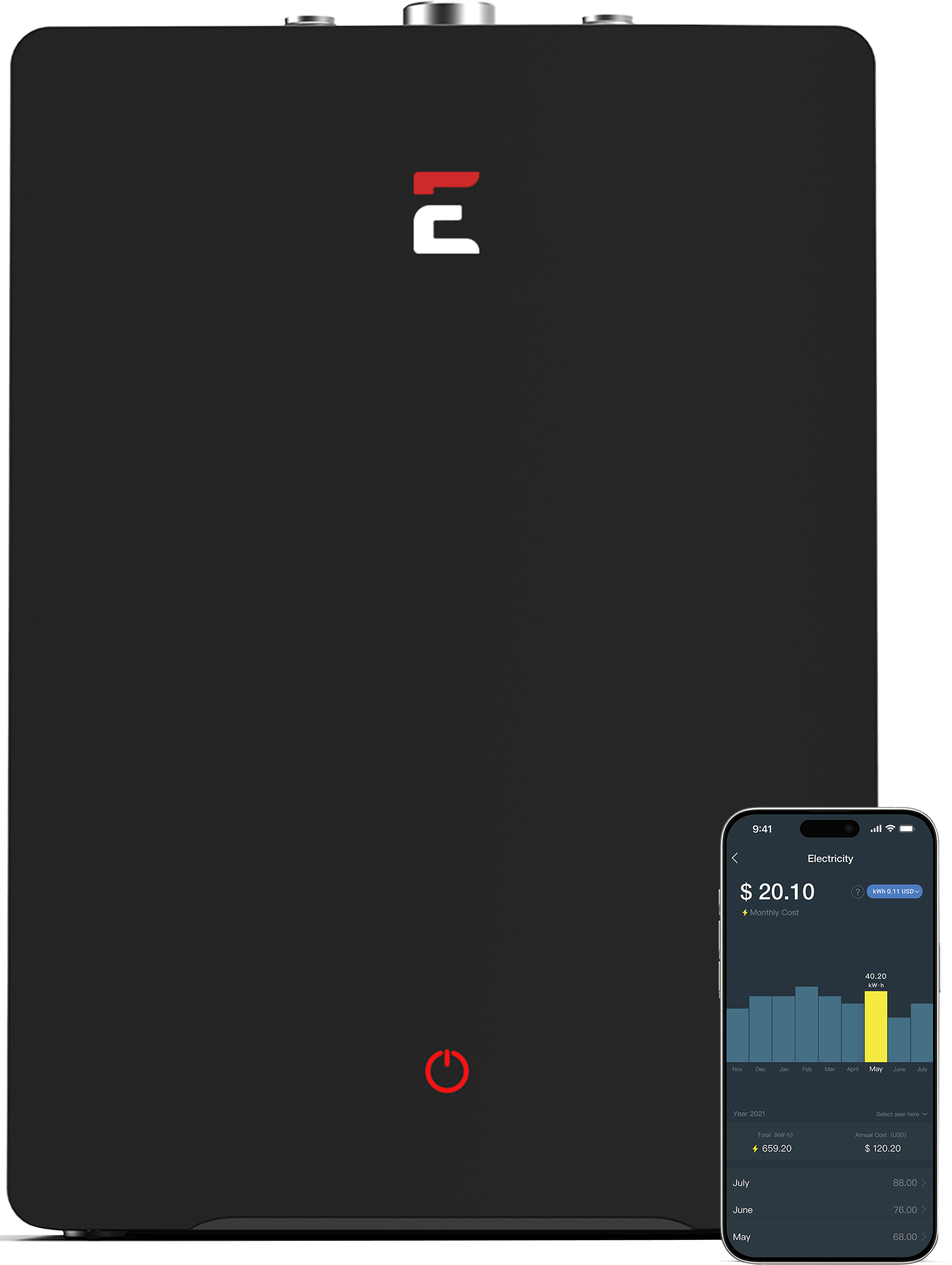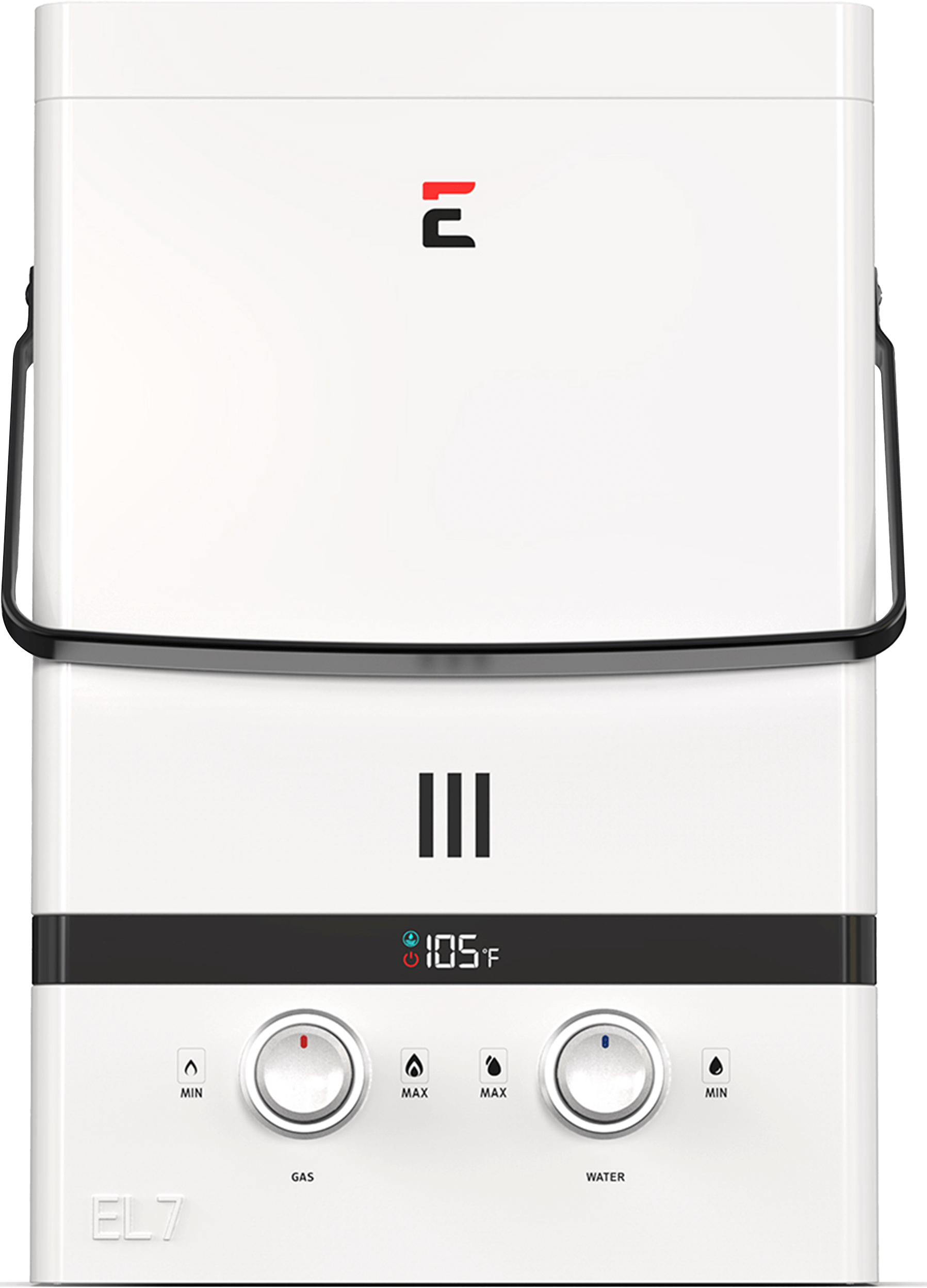How to Winterize Your Tankless Water Heater for Fall 2025
Why Winterization Matters in Fall 2025
As fall settles in and temperatures begin to drop, it's the perfect time to prepare your home and outdoor system or the cold weather ahead. One of the most important tasks is winterizing your tankless water heater. Whether it’s mounted outside your home or used for off-grid adventures, proper winterization protects your investment and ensures uninterrupted hot water when you need it.
In 2025, unpredictable temperature swings and early cold snaps are more common across many parts of the U.S. This means your tankless water heater could be at risk of freezing damage even earlier in the season. Unlike summer maintenance that focuses on cleaning and performance, fall winterization is about protecting internal components from cracking, freezing, or corroding due to exposure.
Without proper preparation, water trapped inside your system can freeze and expand, causing serious damage that may go unnoticed until spring. Winterization ensures peace of mind (check our winter camping guide here), extends the lifespan of your equipment, and gets everything ready for seamless reactivation when warmer weather returns.
Disconnect Water and Gas Supply
Begin your winterization process by shutting down all supply connections to your tankless water heater. If your setup uses propane, turn off the propane tank completely by closing the valve. Then disconnect both the water inlet and outlet hoses to prevent any additional water from entering the system.
This step is crucial in outdoor setups, especially if you’re using a portable Eccotemp model like the EL10. After shutting off the propane and water, detach the gas regulator and hose from the tank to relieve internal pressure. Doing this before draining ensures the system is fully isolated and safe for the next steps.
Drain the Water Completely
Once disconnected, you’ll need to drain all water from inside your tankless water heater. Tilt it slightly forward or backward to allow water to exit through the inlet and outlet valves. Even a small amount of water left behind can freeze, expand, and cause internal cracking or leaks.
If your heater was recently used, make sure it has cooled down before draining. To ensure no water remains trapped, shake the heater gently or use compressed air to blow out residual moisture from the lines. For indoor installations, refer to the user manual to locate built-in drain ports or specific removal procedures for flushing out water.
Draining is the most important part of winterizing because leftover water is the primary cause of cold-weather damage.
Remove and Store the Battery (If Applicable)
If your tankless water heater relies on batteries for ignition, remove them before placing the heater into storage or leaving it exposed to cold weather. Batteries are vulnerable to extreme temperatures and can corrode, leak, or lose charge when left unused in the cold.
Store batteries in a dry area at room temperature, away from sunlight or heat sources. This simple step protects the heater’s ignition system and ensures that everything powers on correctly once you’re ready to use it again.
Clean the Filter Screen
Before packing everything away, take a few minutes to clean the water inlet filter screen. Over time, sediment and minerals build up and can restrict water flow or reduce performance. Remove the screen, rinse it thoroughly under clean water, and check for any damage or residue.
If debris hardens during winter storage, it could be more difficult to clean later. A clean filter makes it easier to reactivate your tankless water heater in spring without issues related to clogging or poor water quality.
Store Indoors or Use an Insulated Cover
After draining and cleaning, choose your storage location wisely. The best option is to bring your tankless water heater indoors—into a garage, basement, or utility room—where it’s shielded from freezing temperatures, moisture, and snow.
If indoor storage isn’t feasible, you can still protect it outdoors by using an insulated cover. Eccotemp offers heavy-duty covers designed specifically for tankless water heaters that help retain warmth and reduce exposure to the elements. For added protection, wrap any remaining exposed water lines with foam insulation or pipe sleeves.
Some homeowners also choose to build weatherproof enclosures around their outdoor systems, especially in areas that frequently experience temperatures below freezing.
Use RV Antifreeze (Optional for Mobile Use)
For tankless water heaters installed in RVs, tiny homes, or mobile setups, another layer of protection can be added by using RV antifreeze. After draining all water, pour non-toxic, potable-rated RV antifreeze into the water inlet and allow it to flow through the system until it exits the outlet.
This method protects all internal piping and valves from freezing temperatures and is especially helpful if the heater is stored in an unheated location or will be exposed for long periods.
Always flush the antifreeze out completely before using the system again. Run clean water through the heater several times in the spring to ensure it’s ready for safe, potable water use.
Inspect for Damage or Wear
As you go through your winterization routine, take a moment to inspect your tankless water heater for any signs of wear or damage. Look for rust on metal components, corrosion around connectors, or cracking in hoses. Test the ignition, examine the burner, and check for loose fittings or frayed wires.
Addressing these small issues now helps prevent major problems later. If you notice something out of the ordinary, reach out to Eccotemp’s support team for guidance or consider ordering replacement parts before the next season.
Update Firmware and Register Your Heater
For Eccotemp models with smart technology, take advantage of the off-season to check for firmware updates. Connect your heater to the mobile app or home automation system and follow any prompts to install performance enhancements or bug fixes.
This is also a good time to register your water heater on the Eccotemp website if you haven’t done so already. Registration ensures your warranty is active, gives you access to future promotions, and speeds up any customer service interactions if needed.
Staying current with software and support makes reactivation smoother and more reliable when spring arrives.
Plan Ahead for Spring Reconnection
A successful winterization plan includes a smooth reconnection process in the spring. Make a note of the steps you’ve taken—such as battery removal, filter cleaning, or the use of antifreeze—so you can easily reverse them later.
When temperatures warm up, reinstall the batteries or reconnect the power supply, reattach the propane and water connections, and open the valves slowly. Check for leaks before running hot water and flush the system to clear any air pockets or lingering residue.
Taking these steps ensures your heater operates efficiently and delivers consistent performance the moment you need it.
Keep a Seasonal Checklist
To stay organized in future seasons, create a simple fall maintenance checklist for your tankless water heater. Include items like shutting off propane and water supplies, draining and drying internal components, cleaning filters, removing batteries, checking for damage, and storing or covering the system.
Whether you use your heater year-round or only seasonally, this checklist helps keep everything running smoothly and avoids last-minute surprises when the temperature dips.
It’s also helpful to keep all accessories—like hoses, batteries, covers, and fittings—stored together in a labeled bin, so you know exactly where everything is when it's time to reconnect.
Final Thoughts: Protect Your Hot Water System Before Winter Arrives
Winterizing your tankless water heater is a smart and essential part of seasonal home care. It prevents cold-weather damage, protects your investment, and ensures that hot water is available without delays or costly repairs when you need it again.
As Fall 2025 sets in, take the time to follow these steps, whether your system is mounted outside your home, part of an RV or camper, or used in a remote off-grid location. With Eccotemp’s reliable designs and helpful winterization resources, staying prepared is easier than ever.
Explore accessories, maintenance kits, and support tools at eccotemp.com to help you through every step of the winterization process. A little preparation now will keep your system running efficiently, safely, and reliably year after year.
FAQ: Winterizing Your Tankless Water Heater for Fall 2025
1. Why is fall winterization especially important in 2025?
As fall arrives with unpredictable temperature swings and early cold snaps, fall 2025 brings increased risk of freezing damage. Proper winterization protects internal components from cracking, freezing, or corrosion and ensures uninterrupted hot water when you need it.
2. How do I start the winterization process?
Begin by shutting down all supply connections to your tankless water heater. If you use propane, close the valve on the tank, and disconnect both inlet and outlet water hoses to fully isolate the system.
3. What’s the best way to drain the heater?
Drain all water by tilting the water heater forward or backward to allow liquid to escape through the inlet and outlet valves. If the water heater was recently in use, let it cool down first. To ensure no moisture remains, gently shake it or use compressed air to remove any lingering water.
4. Should I remove batteries before storage?
Yes. If your heater uses batteries for ignition, remove them before storing the water heater or exposing it to cold weather. Store the batteries indoors in a dry location at room temperature to guard against corrosion, leakage, or loss of charge.
5. Is cleaning part of the winterization process?
Definitely. Clean the water inlet filter screen by rinsing it thoroughly under clean water and inspecting it for damage or residue. A clean filter helps maintain performance and ensures smooth reactivation in the spring.
6. Where should I store the water heater after winterization?
Ideally, bring your water heater indoors—into a garage, basement, or utility room—where it’s protected from freezing temperatures and moisture. If indoor storage isn’t possible, cover the water heater with an insulated, weather-resistant cover and wrap any exposed piping in foam insulation or pipe sleeves.
7. Is using RV antifreeze recommended?
For mobile environments like RVs or tiny homes, it’s an optional but effective measure. After draining the heater, pour non-toxic, potable-grade RV antifreeze through the inlet until it flows out of the outlet. This cushions internal components against freezing in unheated locations. In spring, flush the system thoroughly with clean water before use.
8. Should I inspect the water heater during winterization?
Yes. Look for signs of damage such as rust, corrosion, cracked hoses, or loose fittings. Check the ignition and burner components too. If your water heater isn't yet registered, this is a good time to do so—registration helps ensure warranty coverage and faster support when you restart the system.
9. What do I do when spring arrives?
Once temperatures warm, reinstall batteries or reconnect the power supply, reattach the propane and water connections, and open the valves slowly. Then check for leaks and run water through the system to flush out air pockets or any leftover residue before using hot water.
10. How can I stay organized with future winterization steps?
Create a seasonal checklist that includes shutting off fuel and water supplies, fully draining and drying internal components, cleaning filters, removing batteries, inspecting for wear, and storing or covering the system. Keeping this list handy simplifies year-end maintenance and protects your investment.
 Weekly Deals
Weekly Deals
 Water Heaters
Water Heaters
 Accessories
Accessories
 Installation
Installation
 Parts
Parts
 Protection Plans
Protection Plans
 Final Sale
Final Sale
